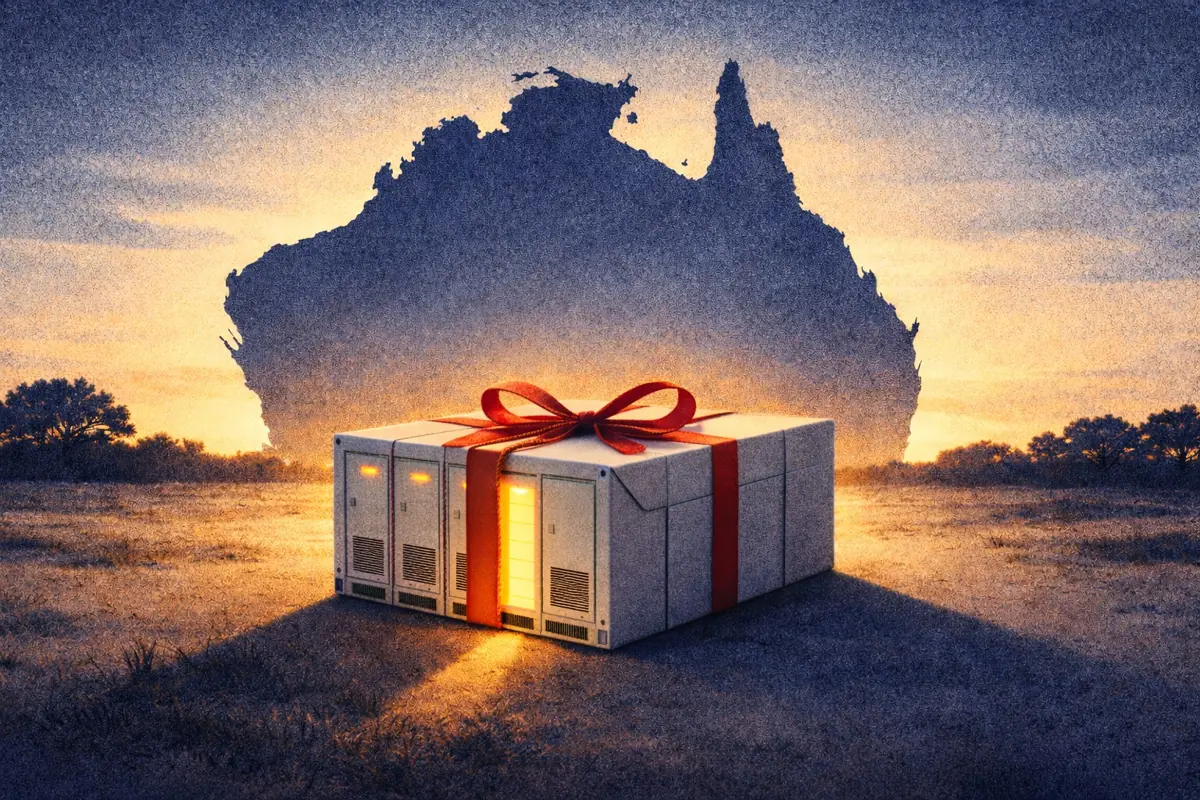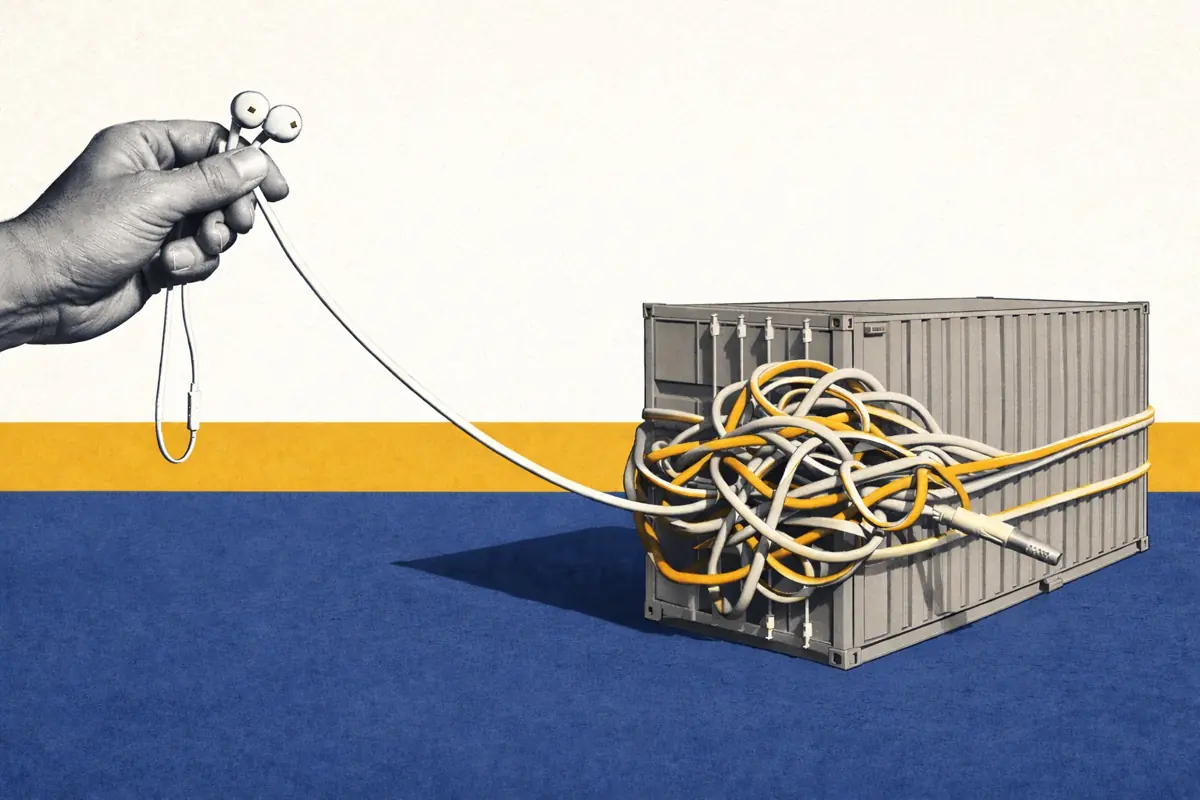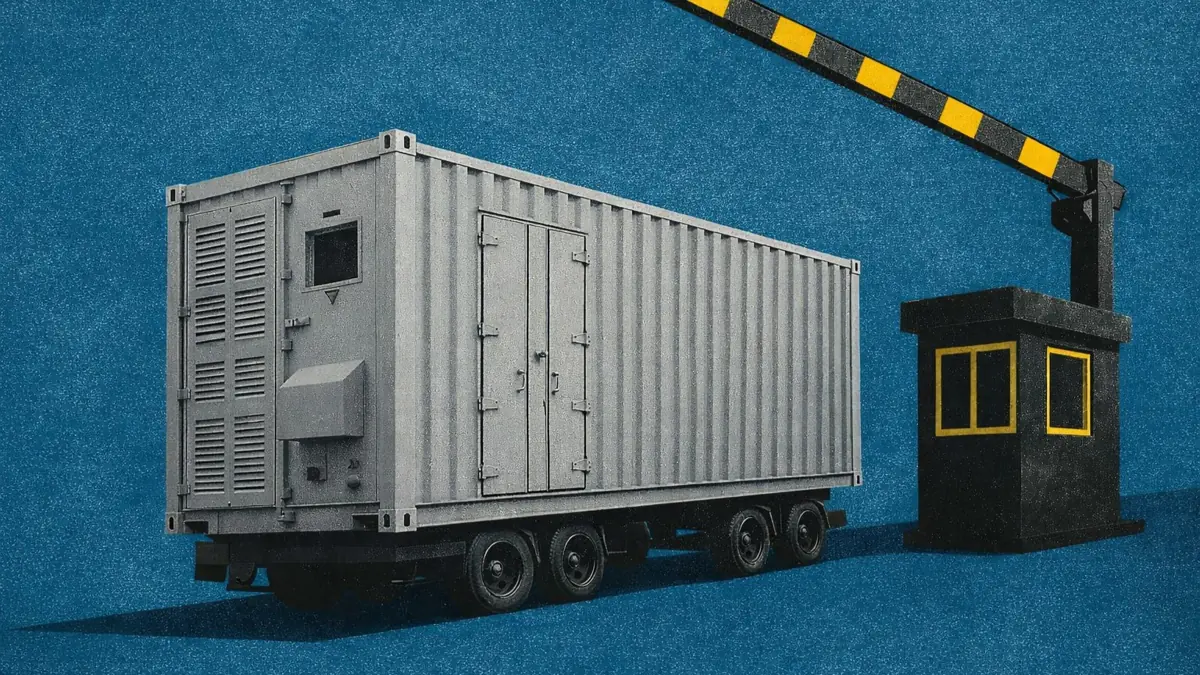Explainer: South Australia’s FERM Tender
South Australia has launched the first round of its Firming Energy Reliability Mechanism (FERM) tender, a program designed to secure long-duration dispatchable capacity as the state transitions to higher penetrations of variable renewable energy. The tender is administered by the Australian Energy Market Operator Services Limited (ASL) and targets 400 MW of firming capacity to be online by November 2028.
The scheme is similar to the CIS and LTESA in providing minimum revenue support for a share of upside. Winners of the tender will be awarded a 15-year contract called a FERM Agreement (FERMA).
This article explains how the FERM works, who can participate, what is planned across future tender rounds, and what to expect from the first round.
What Is the South Australian FERM?
The FERM is a financial support mechanism that provides eligible firming projects with a revenue floor, whilst requiring providers to return a share of any upside above that floor. It also embeds availability obligations to ensure participating assets contribute during periods of system need.
The mechanism includes four key components:
1. Revenue Floor & Scheme Payments
If a project’s Net Revenue in a given year falls below an agreed Revenue Floor, the operator receives a Scheme Payment calculated as:
Scheme Payment = 90% × (Revenue Floor − Net Revenue)
This payment is capped by an annual Payment Cap, defined within the bid. When Scheme Payments are made, no Upside Payment is owed for that year.
2. Payment Cap
The Payment Cap defines the maximum support and liability that a project can incur. If a projects revenues fall below the revenue floor, they can only be paid up to that maximum value. This cap also defines the maximum the project will return if it exceeds the revenue floor.
The cap is symmetrical for both upside and downside and affects the competitiveness of the projects bid.
3. Upside Payments
If Net Revenue exceeds the Revenue Floor, the operator must return a portion of the upside:
Upside Payment = 50% × (Net Revenue − Revenue Floor)
This Upside Payment is capped at the lesser of:
- the Revenue Sharing Cap, or
- the Cumulative Balance of previous net payments made to the operator.
4. Capacity commitment
Participants must commit to being available during periods of system stress, based on forecasted Lack of Reserve (LOR) 2 and 3 events. Projects must dispatch their committed capacity for 8 hours during LOR events, and must be given a minimum of 6 hours notice before the event. Performance is monitored annually against availability, and storage capacity (for storage assets).
Under-performance results in a rebate payment from the operator back to ASL.
For fuel-based generators, the scheme also provides a Fuel Reimbursement, allowing gas-fired facilities to participate on a more comparable footing with storage technologies.
Other mechanism features
- Net Revenue is defined as Operational Revenue minus Permitted Costs.
- Escalation applies annually to the Revenue Floor, Payment Cap, and Revenue Sharing Cap at the lesser of CPI or 3%.
- Agreements run for 15 years, requiring storage assets to account for long-term degradation (either through augmentation or capacity derating).
Who can participate in the FERM tenders?
The first tender is open to technologies of 30+ MW capable of providing long-duration (8+ hour) dispatchable capacity, including:
- Battery energy storage systems (BESS)
- Must be capable of delivering 8 hours at contracted capacity (can be based on derated capacity, i.e. a 4-hour battery can bid 50% of its capacity).
- Assets may also derate their bid to ensure they meet energy availability requirements over 15 years, or plan augmentation.
- Gas-fired generation
- Other forms of dispatchable supply, excluding coal and nuclear
Planned FERM Tenders
South Australia has outlined three tender rounds:
| Tender Round | Capacity | Expected Commercial Date |
|---|---|---|
| Round 1 | 400 MW | November 2028 |
| Round 2 | 200 MW | November 2029 |
| Round 3 | 100 MW | November 2031 |
These rounds align with planned retirement of thermal generation capacity in the state alongside anticipated increases in demand. Dispatchable capacity in the state is currently anticipated to be lower at the end of 2028 today, despite 1 GW of new BESS projects coming online.
Meanwhile, demand in the state is anticipated to increase by 20% between 2029 and 2030 due to new mining load, such as BHP’s Olympic Dam.
What can we expect in the first FERM tender?
Strong interest from the battery pipeline
AEMO’s Generation Information database includes 47 BESS projects in South Australia that could bid, totalling more than 8 GW in capacity (before any bid derating). Given common timelines for construction, these projects would need to reach FID in the next six-twelve months to be built in time for the November 2028 deadline.
Competition for BESS likely to come from a single new OCGT project
On the gas side, AGL’s proposed 280 MW Barker Inlet Stage 2 OCGT appears to be the most likely project to bid in. Other potential gas developments are limited, while some (such as Reeves Plains) have shifted toward battery technologies.
No pumped hydro projects in the state currently appear to be progressing sufficiently to compete in the tender.
Tender assessment criteria
Proposals in the tender will be assessed across four different categories:
- Project deliverability & timeline (20%): based on achieved project milestones and likelihood to hit COD by target date;
- Organisational & financing capability (20%): based on relevant capability and experience and overall project strategy;
- Financial value (40%): based on forecast costs and liability from the revenue floor and payment cap included in a bid, weighed up against the benefits of the bid, including:
- Enhanced reliability - the project’s expected impact on supporting reliability risks. A project’s reliability contribution will be determined by its location and dispatch duration capability.
- Wholesale price reduction - the project’s potential to reduce electricity costs in South Australia. Again, this will mostly be determined by location and dispatch duration.
- Improved grid stability - the project’s ability to contribute to system security services, by using grid-forming inverters or being a synchronous machine.
- Commercial departures (20%): based on how far the bid deviates from the standard FERM contract.
Key Round 1 Timelines
- Registrations open: Now
- Registration closes: 21 November 2025
- Bid submission deadline: 28 November 2025
- Expected award announcements: March–April 2026
Successful proponents will then proceed to contract finalisation and delivery toward the 2028 operational requirement.







